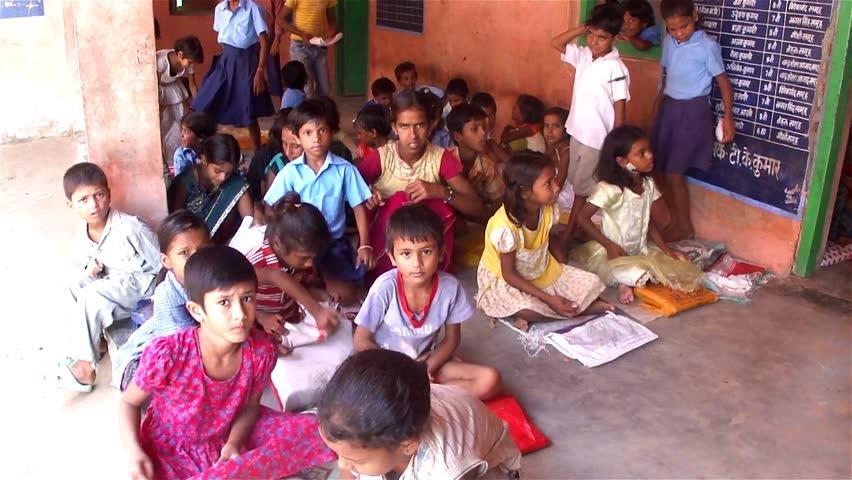Sarva Shiksha Abhiyan: Promoting Universal Elementary Education

Education is the cornerstone of social and economic development. Recognizing its importance, the Government of India launched the Sarva Shiksha Abhiyan (SSA) in 2001 with the aim of providing universal elementary education to all children aged 6 to 14 years. The initiative aligns with the principles of the Right to Education and seeks to ensure that every child, irrespective of their social, economic, or geographic background, has access to quality education. Over the years, Sarva Shiksha Abhiyan has played a transformative role in the Indian education system, focusing on inclusivity, accessibility, and quality of education.
Objectives of Sarva Shiksha Abhiyan
The primary objective of Sarva Shiksha Abhiyan is to bridge the educational divide and make elementary education available to all children. Key goals include:
-
Ensuring free and compulsory education for children aged 6 to 14 years
-
Reducing dropout rates and promoting retention in schools
-
Providing special provisions for children with disabilities and those from marginalized communities
-
Improving the quality of education through teacher training, curriculum development, and infrastructure support
By focusing on these objectives, Sarva Shiksha Abhiyan aims to create an inclusive educational environment where every child has the opportunity to learn and grow.
Implementation Strategies
Infrastructure Development
One of the major strategies of Sarva Shiksha Abhiyan is the expansion and improvement of school infrastructure. This includes constructing new classrooms, providing drinking water and sanitation facilities, and ensuring electricity and furniture. The aim is to create a conducive learning environment for children, especially in rural and remote areas.
Teacher Recruitment and Training
The quality of education depends heavily on trained and motivated teachers. Under Sarva Shiksha Abhiyan, the government has implemented programs for teacher recruitment, professional development, and capacity building. Teachers are trained in innovative teaching methods, classroom management, and the use of technology in education.
Inclusive Education
A key focus of Sarva Shiksha Abhiyan is ensuring that children from marginalized sections, including Scheduled Castes, Scheduled Tribes, and children with disabilities, have access to education. Special training programs, resource rooms, and learning aids are provided to support these children. This ensures that education is not just available but also accessible to every child.
Community Participation
Community involvement is vital for the success of Sarva Shiksha Abhiyan. The program encourages active participation of parents, local bodies, and community organizations in school management and decision-making. School Management Committees (SMCs) are formed to monitor the progress of the program, ensure accountability, and mobilize community resources.
Mid-Day Meal Scheme
To improve attendance and nutrition among children, Sarva Shiksha Abhiyan integrates the Mid-Day Meal Scheme. This initiative provides free meals to students, thereby addressing both hunger and educational retention challenges. Children are more likely to attend school regularly when their nutritional needs are met.
Achievements of Sarva Shiksha Abhiyan
Since its inception, Sarva Shiksha Abhiyan has achieved significant milestones:
-
Substantial increase in enrollment rates in elementary schools across India
-
Reduction in dropout rates, particularly among girls and marginalized communities
-
Improvement in school infrastructure, including classrooms, libraries, and sanitation facilities
-
Enhanced teacher training programs and curriculum development
-
Greater community involvement in school management and monitoring
These achievements demonstrate the effectiveness of Sarva Shiksha Abhiyan in transforming the educational landscape in India.
Challenges Faced
Despite its successes, Sarva Shiksha Abhiyan faces several challenges:
-
Ensuring the quality of education remains a persistent issue in many regions
-
Addressing regional disparities in school infrastructure and teacher availability
-
Managing the integration of children with special needs effectively
-
Sustaining community participation and monitoring mechanisms
-
Dealing with financial constraints and timely allocation of resources
Addressing these challenges requires continuous evaluation, innovative solutions, and sustained political and community support.
Future Directions
The future of Sarva Shiksha Abhiyan lies in strengthening the quality and inclusivity of elementary education. Key areas of focus include:
-
Integrating digital learning tools and technology in classrooms
-
Expanding teacher training programs to include modern pedagogical methods
-
Strengthening mechanisms for monitoring and evaluation at the grassroots level
-
Promoting public-private partnerships to enhance educational resources
-
Ensuring sustainability of programs through efficient financial management
These measures will ensure that Sarva Shiksha Abhiyan continues to be a catalyst for universal elementary education in India.
Conclusion
Sarva Shiksha Abhiyan has been a landmark initiative in India’s journey toward universal elementary education. By addressing issues of access, equity, and quality, it has paved the way for a more inclusive and robust education system. While challenges remain, the program’s achievements in increasing enrollment, reducing dropout rates, and improving infrastructure are commendable. Continuous efforts in teacher training, community engagement, and innovative learning strategies will ensure that Sarva Shiksha Abhiyan fulfills its vision of education for all. The initiative remains a shining example of how focused policy intervention can transform the educational landscape and empower the nation’s future generations.
- Art
- Causes
- Crafts
- Dance
- Drinks
- Film
- Fitness
- Food
- Oyunlar
- Gardening
- Health
- Home
- Literature
- Music
- Networking
- Other
- Party
- Religion
- Shopping
- Sports
- Theater
- Wellness


